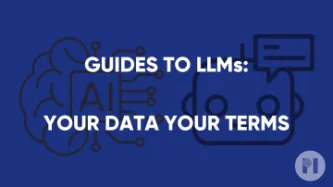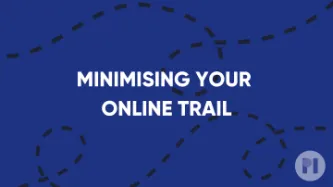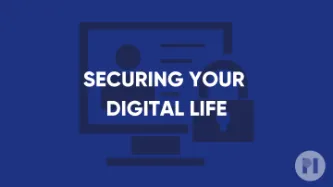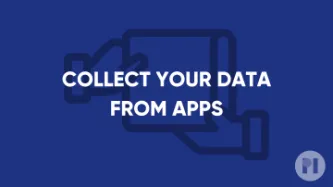It sometimes may feel that the very tech we rely upon every day is designed to betray you and your data to companies and governments. We get that.
We created these guides to give us all a chance to object. This means providing you with ways to take concrete action to protect yourself and your loved ones, to express your outrage by resisting their tactics, and to regain some control over our tech.
We pressure these companies continuously to protect your data by default and to give you greater control. We look forward to updating these guides with ever more meaningful protections that you can use. In fact we hope for a day when good-practice guides are not necessary at all.






